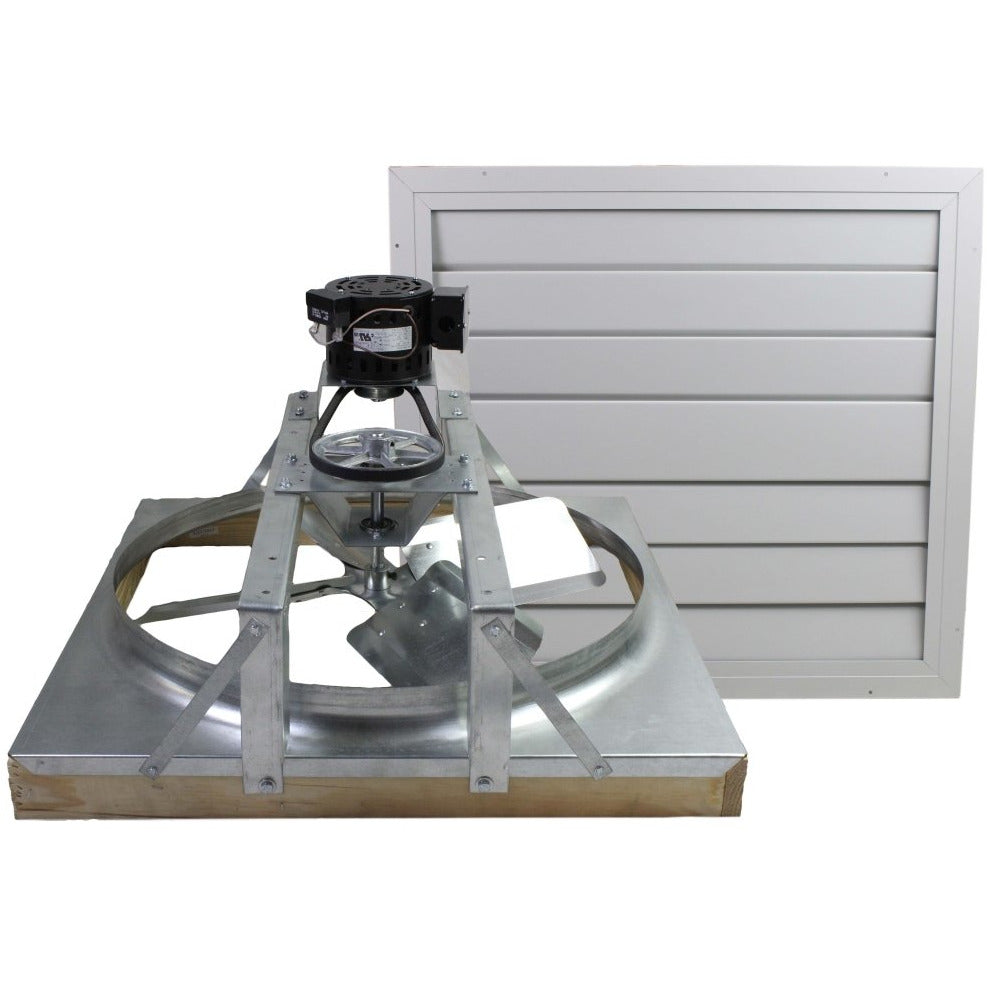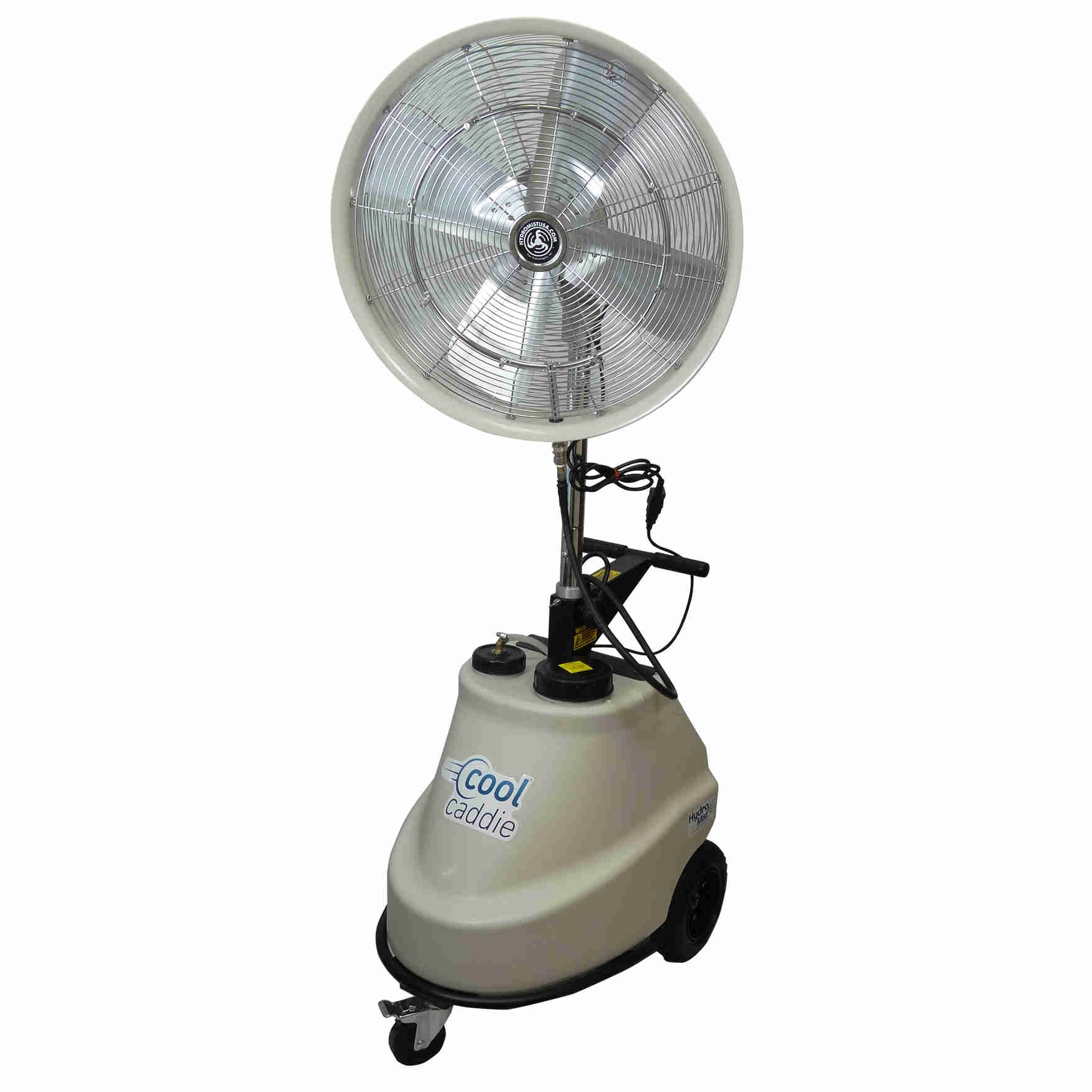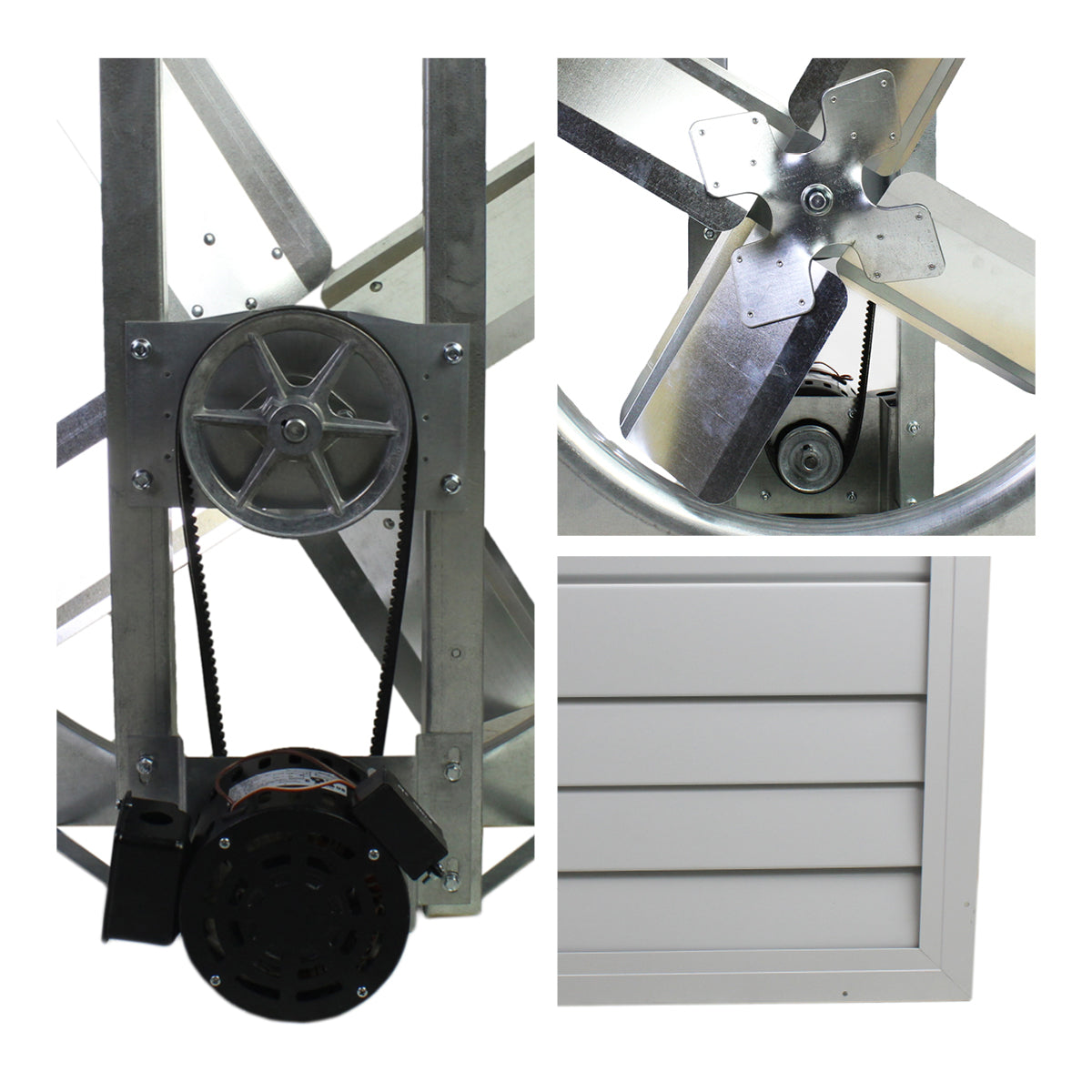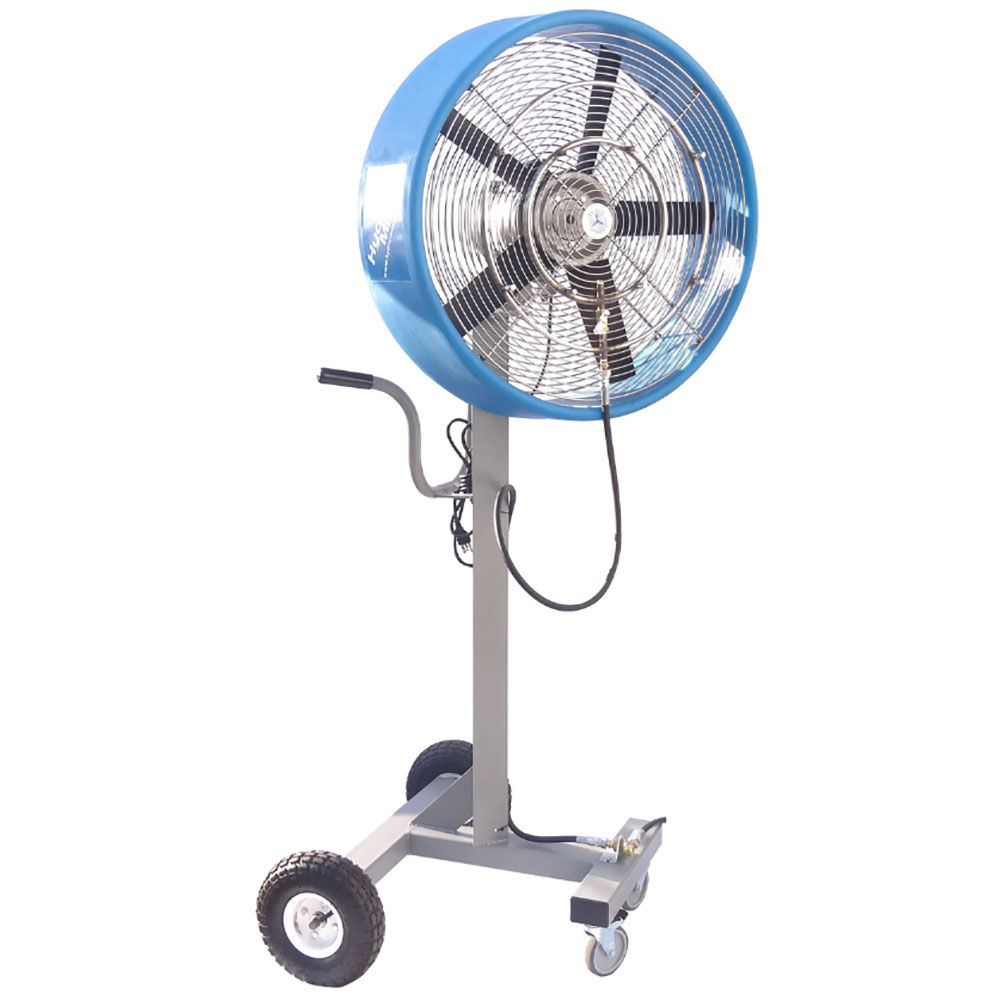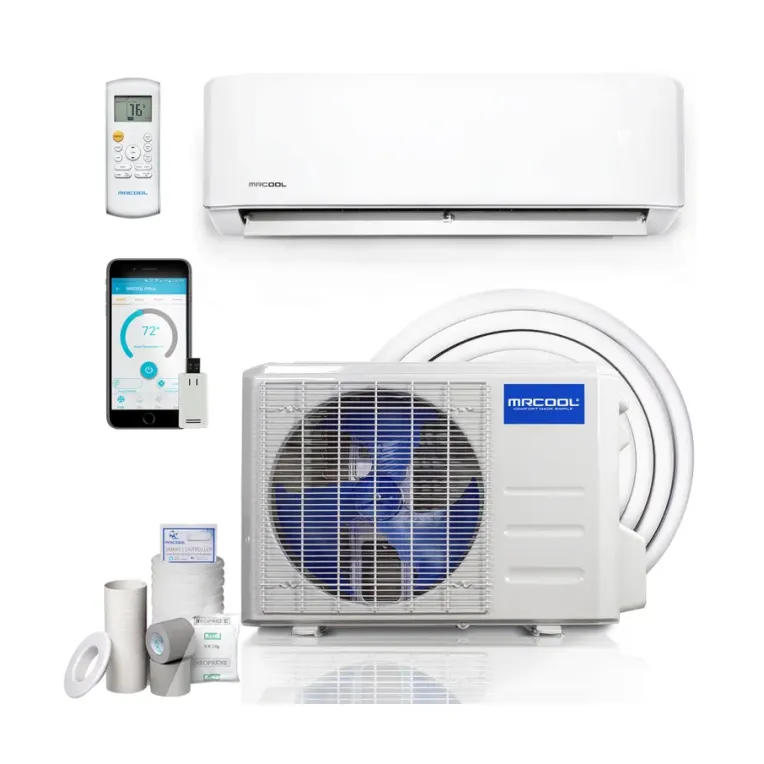Energy Efficiency in Industrial Cooling Systems
Energy efficiency has become a critical factor in selecting industrial cooling systems, as businesses seek to reduce operational costs while meeting environmental sustainability goals. Modern industrial fans and cooling units feature advanced motor technologies, including electronically commutated (EC) motors that can achieve efficiency ratings of up to 90%.
Variable frequency drives (VFDs) allow these systems to adjust their speed based on actual cooling demands, resulting in significant energy savings compared to traditional fixed-speed units. Additionally, the implementation of smart control systems enables facilities to optimize cooling schedules, monitor energy consumption patterns, and identify opportunities for further efficiency improvements.
The return on investment for high-efficiency cooling systems typically ranges from 2-5 years, depending on usage patterns and local energy costs. Many organizations also benefit from utility rebates and tax incentives when upgrading to energy-efficient cooling solutions.
